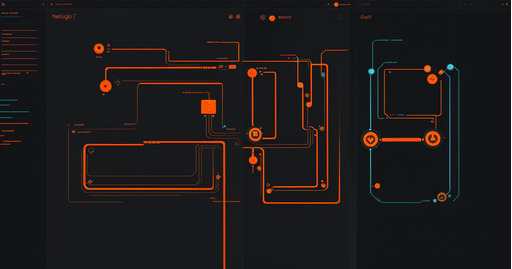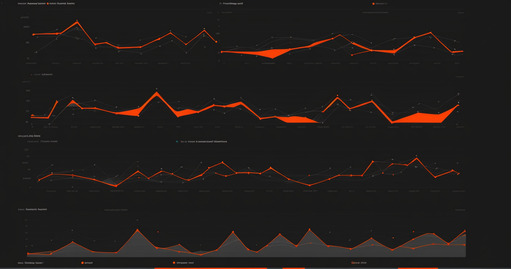What Offline-First Means and Why It Matters: Offline-first design is not just a feature. It is a development philosophy that prioritizes user experience regardless of internet availability. In many industries like logistics, field services, agriculture, and healthcare, users frequently operate in areas with unreliable or no connectivity. An offline-first app ensures data entry, task completion, and navigation still work without interruption. Instead of showing errors or blank screens, these apps continue functioning smoothly and sync automatically when a connection is restored. This approach boosts reliability, user trust, and operational efficiency in environments where connectivity cannot be guaranteed.
How We Handle Data Sync and Conflict Resolution: Building offline-first systems requires careful management of local data and synchronization. We use modern data storage solutions that cache information locally on the device, often using technologies like SQLite, IndexedDB, or embedded databases depending on the platform. Syncing is done incrementally, and we implement conflict resolution strategies to prevent data loss or duplication. For example, in our mobile and desktop apps, we track user edits locally and apply logic to determine which version of a record should take priority. This is especially important for collaborative apps where multiple users may work on the same data. Our backend supports eventual consistency and intelligent merging, so users never feel like their work disappeared or got overwritten.
Progressive Web Apps and Local Caching Techniques: Progressive Web Apps (PWAs) play a major role in how we build offline-first systems. These apps combine the power of web technologies with native app features such as offline caching, push notifications, and home screen installation. Using service workers, we cache static assets and dynamic content in the browser, allowing the app to load even when fully offline. For dynamic data like forms or reports, we use local storage layers that queue actions and sync later. This allows field workers to complete forms, take photos, and submit data in low-signal areas without waiting for a server response. The result is a seamless, responsive app that feels native but is entirely web-based.
Security, Privacy, and Local Device Protection: When working offline, data is stored locally on a user's device. That makes local security a critical concern. Our offline-first apps use encryption both at rest and during sync. We also integrate biometric authentication, secure sandboxing, and device-level encryption wherever possible. Access control policies are enforced even in offline mode, ensuring that only authorized users can see or edit sensitive data. For enterprise deployments, we support remote wipe and policy enforcement, which is useful if a device is lost or stolen. This comprehensive approach ensures that offline convenience never compromises data security or compliance.
Ideal Use Cases: Fieldwork, Clinics, and Beyond: Offline-first apps are not niche tools. They are essential in any environment where connectivity is uncertain but productivity must continue. We have built offline-capable solutions for health clinics operating in rural areas, inspection apps used in warehouses, survey platforms for researchers in the field, and sales tools for agents in remote territories. These apps provide users with full functionality and sync back to the cloud without requiring any manual effort. Whether it is a cross-platform desktop app or a mobile-first PWA, offline readiness transforms how teams work on the ground. It empowers businesses to operate with confidence, no matter where they are.




